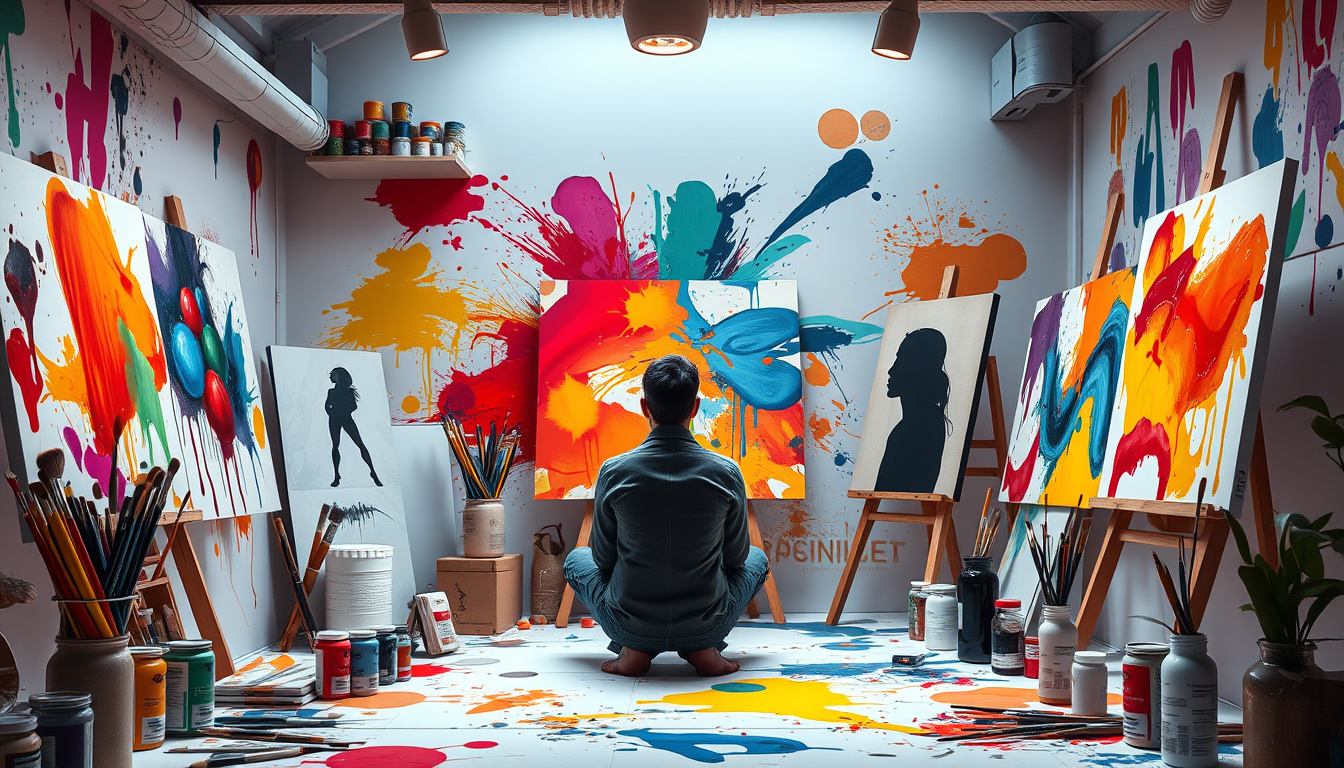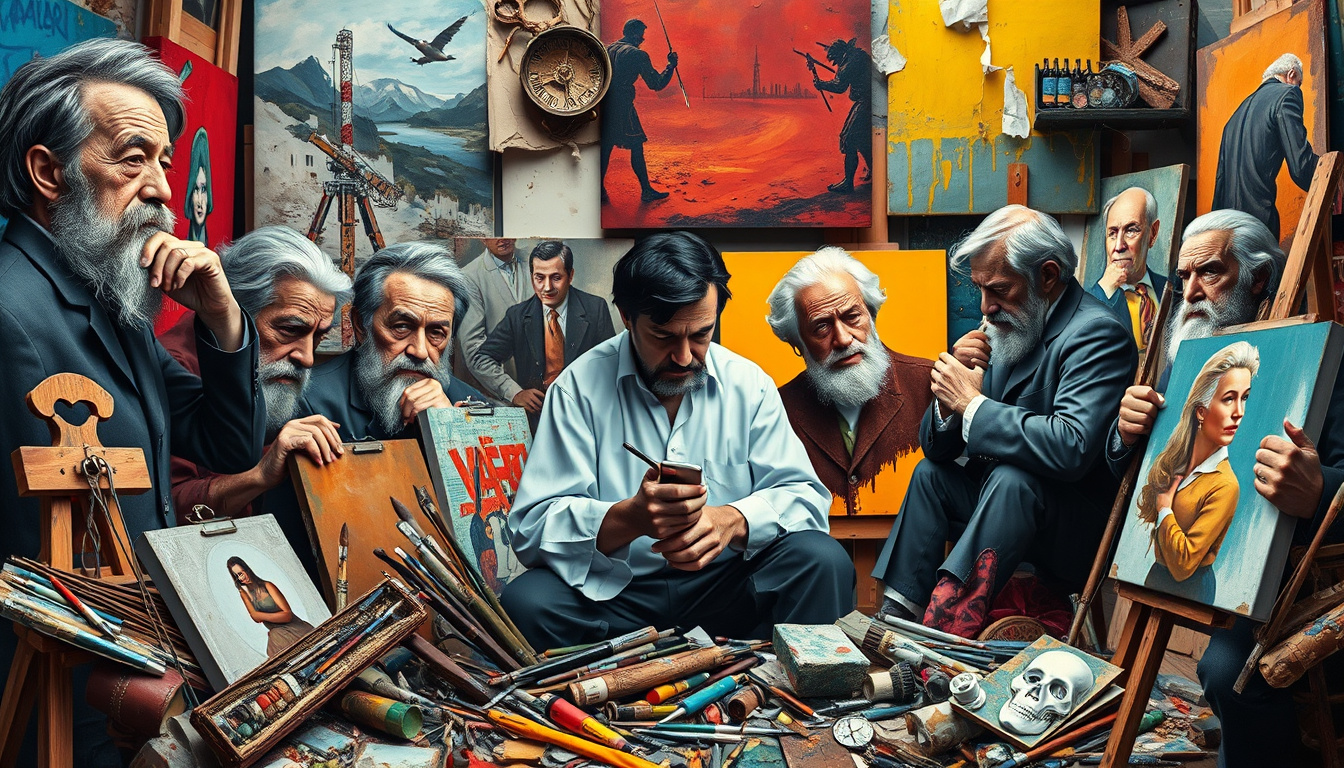Unlocking your creative potential is a journey that many artists embark upon, often fueled by a desire to express their innermost thoughts and feelings through their craft. This article delves into the insights of famous artists who have navigated the complexities of creativity, offering valuable tips to enhance your artistic endeavors. From discovering new sources of inspiration to overcoming inevitable creative blocks, these strategies can help guide you toward unleashing your creative talents. Let’s explore the intricacies of the creative process and learn from the masters themselves.


Overcoming Creative Blocks: Strategies from Artists
When it comes to unlocking your creative potential, the insights from renowned artists can be incredibly valuable. Throughout history, many celebrated creators have faced periods of stagnation or self-doubt, but they have also discovered effective strategies to overcome these creative blocks. For instance, Pablo Picasso emphasized the importance of play and experimentation in his work, suggesting that liberation from expectation allows ideas to blossom. Similarly, Maya Angelou advocated for the practice of writing daily to keep the creative juices flowing, regardless of the quality of the output. Such approaches not only encourage persistence but also help in reframing the creative process itself. By learning from these famous artists, you can adopt techniques that nurture your imagination and ultimately unlock your creative potential.
The Role of Discipline and Routine in Art
Discipline and routine play a crucial role in unlocking your creative potential, as demonstrated by countless famous artists throughout history. Many creative minds, from Vincent van Gogh to Maya Angelou, attributed their success not only to talent but also to the steadfast routines they maintained. For instance, van Gogh would set specific times for painting, ensuring he dedicated uninterrupted hours to his craft. By establishing a disciplined schedule, artists can overcome common barriers such as procrastination and creative blocks, allowing their imaginations to flow freely. Additionally, a consistent routine helps to foster an environment conducive to creativity; when artists know their working hours and have a dedicated workspace, they can immerse themselves fully in their art without distractions. Embracing the discipline of routine, then, is a powerful strategy for any artist looking to unlock their creative potential and produce meaningful work.

Embracing Failure: Learning from Famous Artists’ Journeys
In the pursuit of unlocking your creative potential, it’s essential to recognize that failure is not a dead end, but rather a stepping stone on the path to success. Many renowned artists, from Vincent van Gogh to Frida Kahlo, have faced significant setbacks before achieving greatness. Embracing failure allows us to learn from our mistakes, refine our techniques, and ultimately enhance our creative expression. For instance, Van Gogh’s struggles with mental health and rejection fueled his unique style and prolific output, demonstrating how adversity can ignite inspiration. Similarly, Kahlo’s personal hardships informed her deeply emotive work, showcasing that resilience can lead to profound artistic breakthroughs. By understanding and applying these lessons from famous artists, you can navigate your own creative journey with courage and determination, transforming failures into valuable insights that unlock your true artistic potential.
Frequently Asked Questions
What are some common sources of inspiration for artists?
Artists often draw inspiration from nature, personal experiences, other artworks, literature, and even everyday life. Some find it helpful to explore new environments or cultures to spark creativity.
How can I overcome creative blocks?
Many artists encourage taking breaks, engaging in different creative activities, and setting small, achievable goals. Techniques such as free writing or brainstorming can also help to clear mental blocks.
What is the importance of discipline in the creative process?
Discipline helps artists establish a routine that fosters productivity and creativity. Regular practice can enhance skills and lead to more significant breakthroughs in artistic expression.
How can failure contribute to my creative growth?
Embracing failure allows artists to learn from their mistakes, develop resilience, and refine their techniques. Many famous artists view setbacks as critical learning experiences that shape their journey.
What can I learn from famous artists about unlocking my creative potential?
Famous artists often share their methods for tapping into creativity, such as staying curious, being open to new experiences, and practicing relentlessly. Learning about their journeys can provide valuable insights and motivation.
